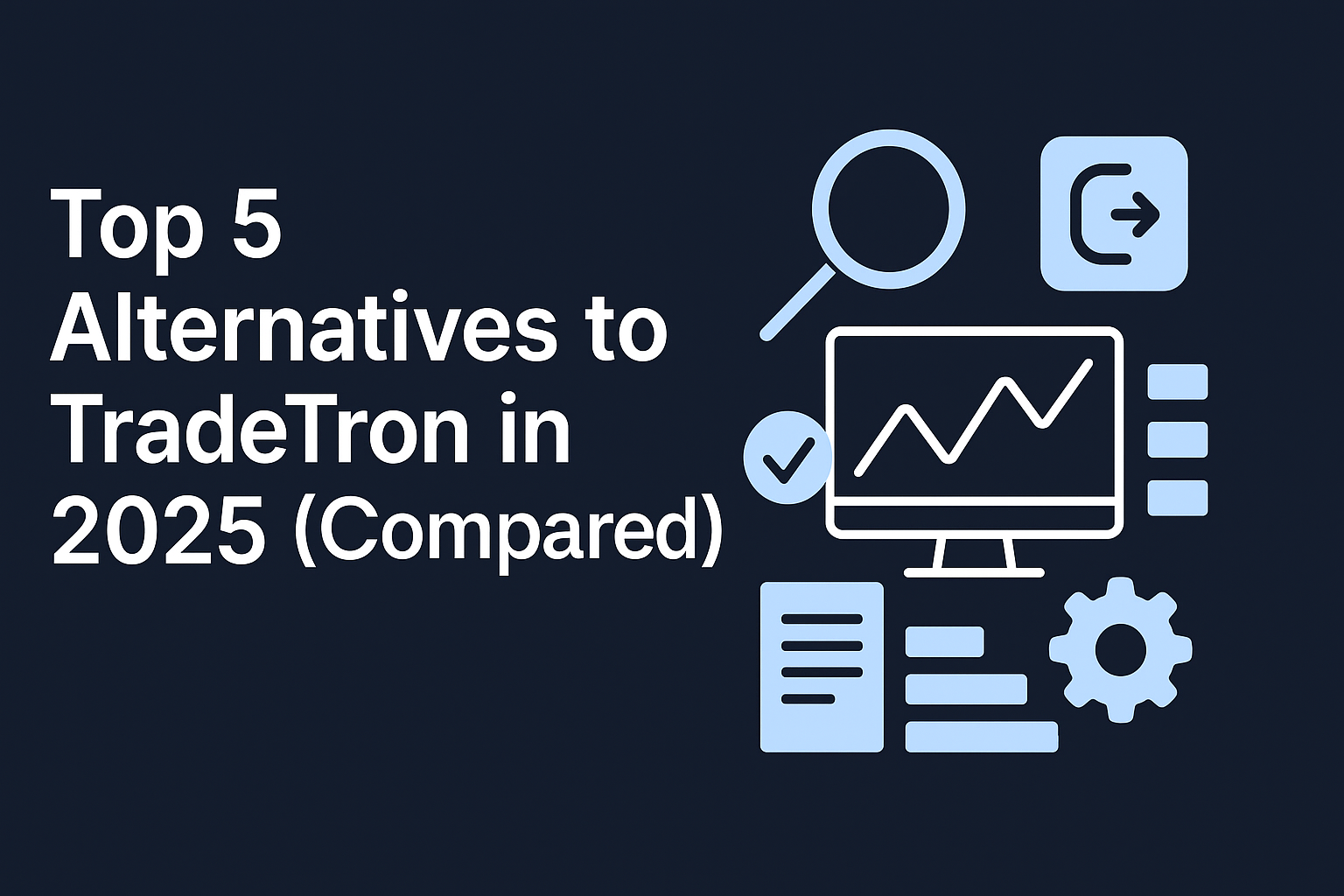The term ‘High-Frequency Trading’ (HFT) often evokes images of institutional traders using ultra-fast computers and deploying complex algorithms that are executed at lightning speed. For many, HFT is synonymous with the relentless pursuit of speed and latency, where every microsecond counts. However, as algorithmic trading has become more accessible and within reach for retail traders, a crucial question arises: Why does latency matter in modern trading?
In this blog, we’ll explore the role of latency in both high-frequency and modern automated trading setups, and how platforms like uTrade Algos are making low-latency infrastructure accessible to retail traders, without the complexity.
The Pursuit of Latency in Pure HFT
At its core, High-Frequency Trading is characterised by extremely rapid execution of a large number of orders, leveraging sophisticated algorithms to identify and act on fleeting market opportunities. Historically, HFT firms have often utilised co-location services, placing their servers as physically close as possible to exchange matching engines to minimise network delays and achieve low latency. The underlying principle is that even a minuscule delay can translate into a missed opportunity or an unfavourable execution price in a market where thousands of orders are being placed and cancelled every second. Low-latency infrastructure has not just been an advantage but a fundamental necessity.
Extended Role of Latency in Algorithmic Trading
The influence of latency in trading extends far beyond the specialised niche of High-Frequency Trading (HFT). With SEBI’s regulatory support and growing awareness around algorithmic trading, retail participation has seen a significant rise. Platforms like uTrade Algos have made it easier for retail traders to access and deploy algorithmic strategies without requiring deep technical knowledge.
While latency may not be the first feature that retail traders actively look for when choosing an algorithmic trading platform, it remains a critical expectation. Traders assume that their strategies will be executed with speed and precision—and rightly so. As a result, the demand for low-latency infrastructure has moved beyond institutional circles and become essential across all tiers of algorithmic trading.
Many modern-day trading strategies rely on latency due to the fast-moving nature of the markets. For example, a breakout strategy aims to enter trades as soon as a stock breaks above its resistance level or below its support level. A few seconds of order execution delay can mean entering after the move has already played out and missing out on the preferred price.
Built for Speed: uTrade Algos’ Low-Latency Advantage
uTrade Algos is built on the idea of making algorithmic trading accessible, without compromising on speed. What was once the exclusive domain of institutional players with dedicated infrastructure is now available to retail traders through a platform that prioritises low-latency execution by design.
With uTrade Algos, you can plan, strategise, automate, and execute trades with precision and efficiency. The platform’s ecosystem—including uTrade Intelligence (AI-powered algo trading suite), uTrade Originals (ready-to-use algo strategies), the Strategy Builder, and Backtesting tools—empowers you to create and refine trading strategies, then deploy them instantly at the click of a button.
Whether you're an experienced trader or new to automation, uTrade Algos’ low-latency environment ensures your trades move with the market. No need to stare at your screens all day—and no fear of missing out on key price action. Best of all, you don’t need co-location, dedicated fibre cables, or high-end hardware. The platform provides the underlying speed, exchange reach & connectivity, and execution capabilities required to run effective algorithmic strategies—now optimised for retail access.
“The algorithmic trading landscape is being democratised through no-code and API-first platforms, extending accessibility far beyond the traditional domain of technically skilled traders.” – Kunal Nandwani
In Conclusion
Latency is no longer just associated with institutional trading desks or high-frequency trading. In today’s algorithm-driven markets, low-latency execution plays a foundational role across a broad spectrum of trading tiers. As algorithmic trading becomes more mainstream, the need for responsive, reliable infrastructure is becoming a core expectation, not just a competitive edge. Retail traders, too, are now building and executing strategies that depend on timely execution, accurate data feeds, and efficient order routing.
Platforms like uTrade Algos are helping bridge this gap by providing access to low-latency environments without the traditional barriers—technical complexity, hardware, and coding requirements. With tools like AI-powered strategy builders, pre-built algos, and a reliable backtesting engine, traders can focus more on refining their logic and less on worrying about execution delays.
To start algo trading with uTrade Algos, visit












